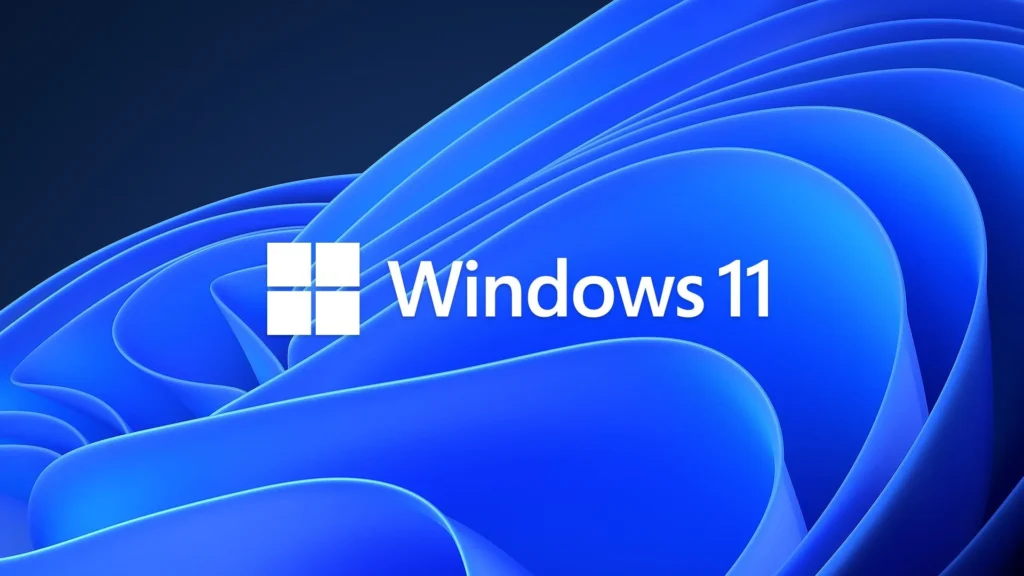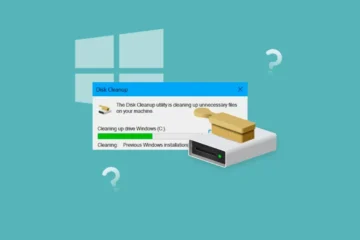Microsoft has officially announced that October 14, 2025, will mark the end of support for Windows 10. While this doesn’t mean your PC will suddenly stop functioning, it does bring significant implications for security, usability, and future-proofing your device. Here’s everything you need to know about the impact on your PC and what steps you should take.

What Happens After October 14, 2025?
- No More Updates: Microsoft will no longer provide security patches, feature updates, or technical support for Windows 10 after this date. While the operating system will still function, it will become increasingly vulnerable to cyber threats.
- Security Risks: Without updates, newly discovered vulnerabilities in Windows 10 could be exploited by hackers. This is especially concerning for devices connected to the internet.
- Extended Support Options: Microsoft offers an Extended Security Updates (ESU) program for businesses and individuals who wish to continue using Windows 10 beyond its official end-of-life date. This program provides security updates for an additional three years but comes at a cost approximately $60 per year.
Can You Still Use Windows 10 Safely?
Yes, but with limitations:
- Offline Usage: Disconnecting your PC from the internet can reduce exposure to cyber threats. However, this limits the utility of your computer in most modern scenarios.
- Third Party Security Solutions: Companies like 0Patch offer security updates for Windows 10 until 2030. These patches are applied in RAM rather than system files and are free for basic use, with a paid version available for more comprehensive protection.
- Alternative Versions: The Windows 10 IoT Enterprise LTSC version will receive updates until 2032. While technically usable, its licensing restricts its use as a standard office PC.
Why Upgrade to Windows 11?
Microsoft strongly recommends upgrading to Windows 11 for several reasons:
- Enhanced Security: Windows 11 includes modern security features designed to combat current cyber threats.
- Improved Features: The operating system introduces new design elements and productivity tools, such as better multitasking capabilities and support for Android apps.
- Free Upgrade: Eligible devices can upgrade to Windows 11 at no cost, making the transition seamless for most users.

What If Your PC Can’t Handle Windows 11?
If your device doesn’t meet the requirements for Windows 11, here are some alternatives:
- Switch Operating Systems: Consider transitioning to Linux-based alternatives like Ubuntu or Zorin OS, which offer user-friendly interfaces similar to Windows.
- Purchase a New PC: If upgrading isn’t an option, investing in a new device compatible with Windows 11 ensures long-term security and performance.
Final Recommendations
As October 2025 approaches, here’s what you should do:
- Upgrade Now: Transition to Windows 11 if your device is eligible.
- Plan Ahead: If your PC can’t support Windows 11, explore alternative operating systems or consider purchasing a new device.
- Stay Secure: If you must stick with Windows 10 temporarily, ensure you’re using the latest version (22H2) and consider extended security options like ESU or third-party solutions


